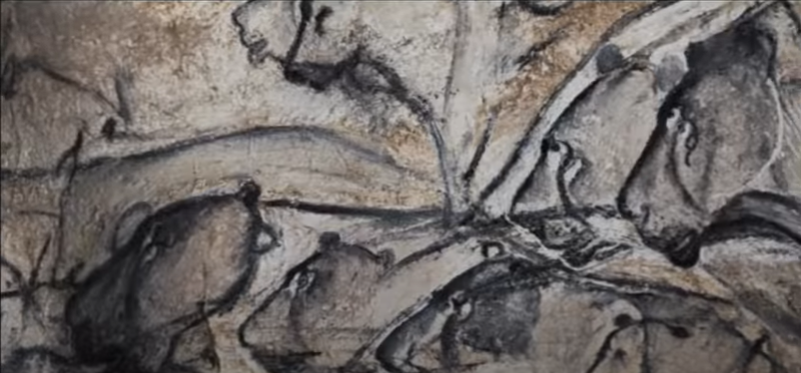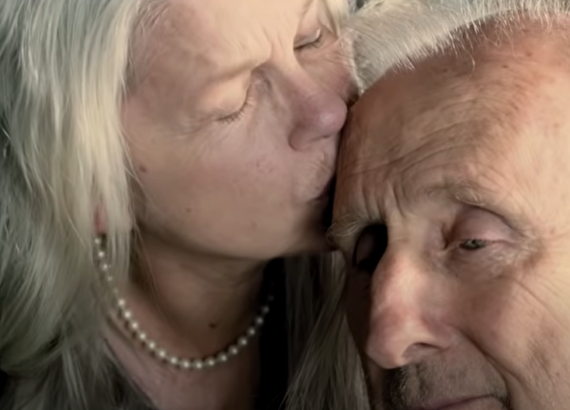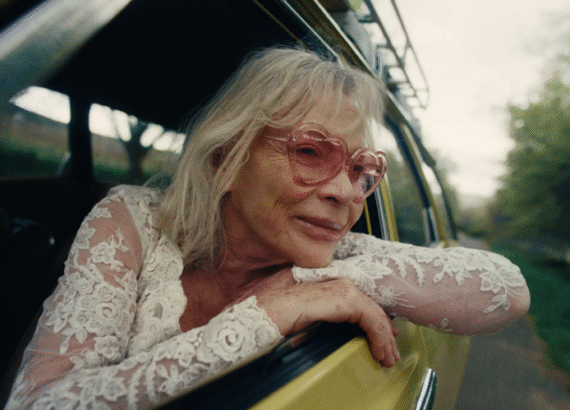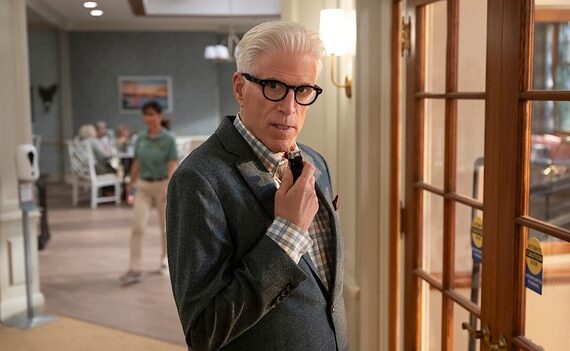POST #1
Did our ancestors of 30,000 years ago make “movies”?

Movies do two things that we have been attracted to as humans for thousands of years—they tell a story, and they tell that story with images. Long before there were cameras to capture images, our early ancestors were creating images of their own. As far back as 30,000 years ago, they were sketching pictures on cave walls. In his fascinating documentary, Cave of Forgotten Dreams, Werner Herzog refers to the cave paintings pristinely preserved in Chauvet Cave in south-central France, as a form of “proto-cinema”. He reflects on how those early ancestors might have watched as the animals that were painted on the uneven cave walls “moved” in the flickering firelight that illuminated them. (Watch a brief (one minute) excerpt of this amazing film here: https://www.dailymotion.com/video/xqqrn1
It would take another 29,000 years before humans created other ways to make rudimentary kinds of pictures with motion, and another 850 years before Thomas Edison invented the mechanics to create reproducible moving pictures. But storytelling by way of images seems to have been in our human makeup from the beginning of the human species.
But we also have another way of seeing the images of a story. Do you remember how, when you were a child, you loved it when your parents or your brother or sister told you a story? I grew up on a small farm in Minnesota and in my memory, I can still see my sister washing eggs in the basement and me as a small boy asking her to tell me a story while she did that routine task. My ability to “see” that memory is an example of what most of us do when we hear a story, or read a story. We begin to actually see that story happen in what we have come to refer to as the “mind’s eye”. We have, as humans, the incredible ability to imagine—to make images appear in our mind and memory. We all have that ability; we all have an imagination. We can see things in our mind as we hear about them, or even as we simply remember them. Most of us do this without thinking about it. It just happens. We also do this throughout the night while we are sleeping! We spin out a series of mini-movies every night. Some of these linger when we wake up, and we can replay them and wonder about their meaning.
Because of our attraction to stories played out in moving images, movies themselves can have a huge influence on what we believe and on what we value—including how we perceive and feel about, aging and elderhood. Movies, in general, tend to be a kind of giant mirror that reflects the current beliefs and values of the society in which the movies are made. Those beliefs and values then become ever more reinforced as we watch the films—a kind of powerful feedback loop.
In a future blog, we’ll explore what this means for our personal perceptions about aging and elderhood.
– Jim Vanden Bosch




